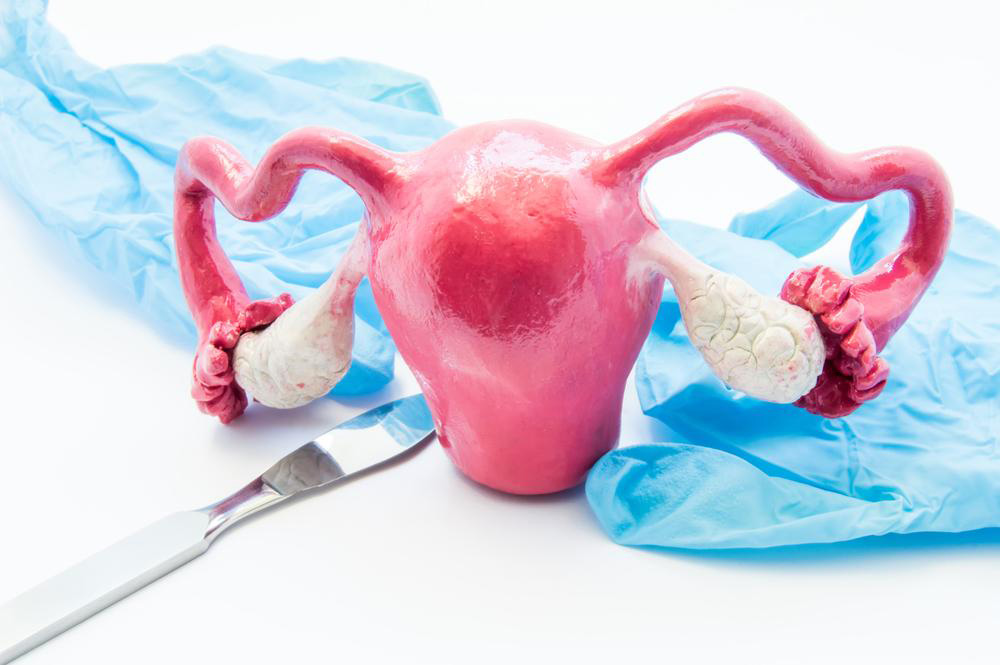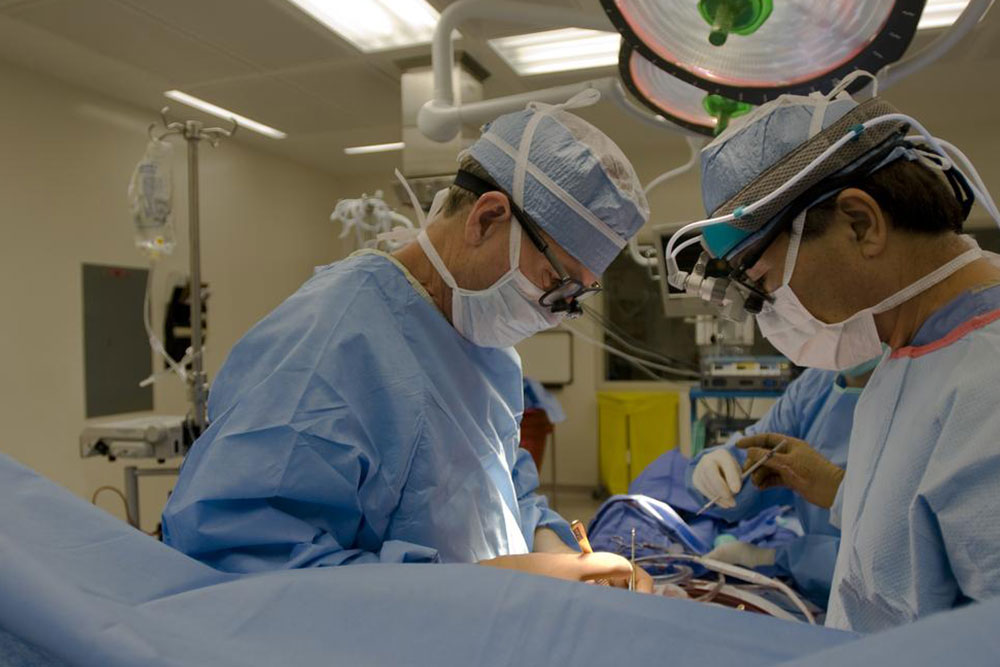Comprehensive Overview of Tubal Reversal Surgical Procedures for Infertility Restoration
This comprehensive guide explores the different types of tubal reversal surgeries, including mini-laparotomy, laparoscopy, and robotic surgery. It details their procedures, benefits, recovery times, and suitability for restoring fertility. Ideal for women considering tubal reversal to regain their ability to conceive naturally.

Comprehensive Overview of Tubal Reversal Surgical Procedures for Infertility Restoration
Many women who have undergone tubal ligation as a permanent form of contraception may later wish to conceive again. Fortunately, modern surgical techniques have made tubal reversal an effective and accessible option for restoring fertility. During a tubal reversal, a specialized surgeon re-establishes the continuity of the fallopian tubes, increasing the chances of natural conception. The procedure involves various surgical methods tailored to the patient’s specific condition, health status, and fertility goals. Understanding the different types of tubal reversal surgeries is essential for women considering this path to parenthood.
Depending on individual circumstances, doctors may recommend different surgical options. These options vary based on invasiveness, recovery time, cost, and surgical precision. The primary aim of all these procedures is to carefully remove damaged or blocked segments of the fallopian tubes and reconnect healthy portions to facilitate the ovum's passage from the ovaries to the uterus. Successful tubal reconstruction significantly improves the likelihood of natural conception without the need for assisted reproductive technologies like IVF.
Mini-Laparotomy: The Cost-Effective Alternative
Mini-laparotomy remains one of the most common procedures for tubal reversal, especially for women seeking an affordable yet effective solution. This surgical method involves a relatively small incision, typically measuring around 2 to 4 inches, made just above the pubic bone. Through this incision, the surgeon accesses the fallopian tubes, removes any obstructed or damaged segments, and reconnects the healthy ends using microsurgical techniques. The procedure usually takes about 1 to 2 hours, and because the incision is small, scarring is minimal. Post-operative recovery is generally quick, with many women returning to their normal routines within a week or two.
Despite its less invasive nature, mini-laparotomy provides excellent outcomes for appropriate candidates, particularly those with minimal tube damage. It offers a good balance between effectiveness and affordability, making it a popular choice for many women seeking tubal reversal.
Laparoscopy: A Minimally Invasive Technique
Advancements in minimally invasive surgery have led to the increased use of laparoscopy for tubal reversal procedures. This method involves making three tiny incisions, usually less than half an inch each, through which a fiber-optic camera and surgical instruments are inserted. The surgeon views the operative field on a high-resolution monitor, allowing for precise manipulation of the fallopian tubes. Laparoscopy affords several benefits over traditional open surgery, including less post-operative pain, reduced scarring, shorter hospital stays, and quicker recovery times.
During the procedure, the surgeon carefully examines the tubes for damage or blockage, removes any diseased segments, and then reattaches the healthy portions under microscopic guidance. It is particularly advantageous for women with complex tubal conditions, including adhesions or minor damage, as it offers enhanced precision and the ability to address multiple issues simultaneously.
Robotic-Assisted Surgery: The Pinnacle of Precision
Robotic-assisted tubal reversion surgery represents the cutting edge in surgical technology. Using a sophisticated robotic system controlled remotely by a highly trained surgeon, this technique provides unparalleled accuracy and control. Tiny robotic arms manipulate surgical instruments with a range of motion beyond human capability, enabling meticulous dissection and suturing of the fallopian tubes.
This method is especially beneficial for complex cases where extensive damage or adhesions exist. Though it tends to be more expensive than traditional approaches, robotic surgery typically results in minimal tissue trauma, fewer complications, and quicker recovery. Women can generally expect to resume normal activities within a week after robotic tubal reanastomosis, with excellent surgical outcomes and improved fertility prospects.
Regardless of the technique chosen, the primary goal remains restoring tubal patency through careful removal of diseased segments and precise reconnection of healthy tissue, predominantly using high-magnification microscopy and fine sutures. The success of tubal reversal relies heavily on the surgeon's expertise, the health of the remaining tubes, and the patient's reproductive goals.




